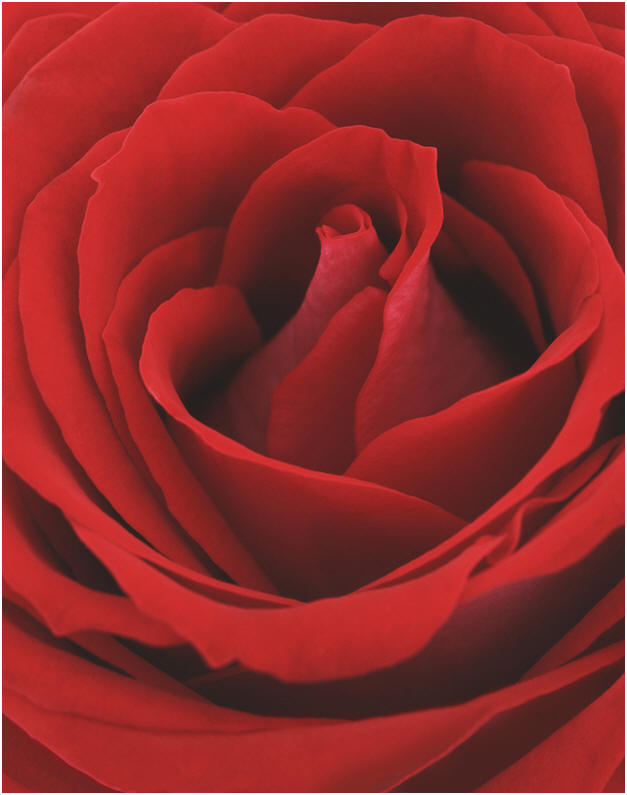"For You a Rose"



Through the research that I have gathered, it is apparent that the rose has played a very prevalent role in society and in the media for quite some time. For example, parlor songs that date back to the early 1900s even refer to the rose in their lyrics. Some examples of classic oldies that include this delightful flower are: "Roses Bring Dreams of You" (1907), "In the Heart of a Rose" (1912), "For You a Rose" (1917), and "When You Look in a Heart of a Rose" (1918), along with multiple others.
Today, the
rose is still present in many songs,
like OutKast's "Roses."
Furthermore, as the media
expanded from
solely the radio to television and
magazines, so the use of the rose
spread.

One example is the popular Rose Bowl. This is the ultimate game for college football teams to partake in. This event not only has the beloved rose in its title, but a plethora of rose floats are created for the occasion. Also, for those readers who watch the ABC show, "The Bachelor," you are well aware of the significance that the rose plays there: if you are handed a rose you stay, if not, you're going home.
So it is easy to see that the rose is commonly referred to and used, but what is the reason behind this? I believe that the writers of the Parlor Songs site summarized it best when they said that the rose is "the ultimate floral expression of intense love or emotion." Another reason for its popularity may be the "sexual connotation and symbolism of the female that roses seem to carry." So when the Bachelor hands a rose to the fortunate ladies that get to remain on the show, it symbolizes that he is searching for love and a wife, not a fling. So the use of a daisy, though this flower is very beautiful, would not carry the same meaning because it is known for its playful connotation which would create a much different image of what the show is really about in the minds of the audience.
Although the rose is referenced many
times in the media, I have to admit that
it is probably not Rosa multiflora
that is being
eluded to. But what distinguishes the
common rose
 from
Rosa multiflora? Is there a
difference? Well for starters, both
species of roses have the same
classification until the species
name. In addition, the researched morphology
of the rose in comparison to the multiflora rose is very similar:
the rose is a perennial shrub, many
being protected by
sharp thorns; its leaves are alternate
and pinnately compound with sharply
toothed oval-shaped leaflets; and its
fleshy edible fruit is also called a
rose hip. These
characteristics exactly mirror that of Rosa multiflora. In other words,
by reading the description of each
species, they appear to be exactly the
same. But why then do they look so
different? The difference
lies in the abundance and voraciousness
of the species, and in flower appearance
and color.
from
Rosa multiflora? Is there a
difference? Well for starters, both
species of roses have the same
classification until the species
name. In addition, the researched morphology
of the rose in comparison to the multiflora rose is very similar:
the rose is a perennial shrub, many
being protected by
sharp thorns; its leaves are alternate
and pinnately compound with sharply
toothed oval-shaped leaflets; and its
fleshy edible fruit is also called a
rose hip. These
characteristics exactly mirror that of Rosa multiflora. In other words,
by reading the description of each
species, they appear to be exactly the
same. But why then do they look so
different? The difference
lies in the abundance and voraciousness
of the species, and in flower appearance
and color.
To begin our comparison, let's start
with the distribution of each species. Rosa multiflora can be found
almost anywhere in the United States, no
matter the environment.
 To give you, the reader, a better idea
of the multiflora rose's abundance in
the U.S., please refer to the
distribution picture on the
habitat page.
The common rose, on the other hand, is a
more delicate species and needs to be
pruned and pampered by the human hand.
Therefore, there is not an abundance of
common roses in the wild; the multiflora rose is not only abundant,
but thrives in the wild. Furthermore, the
common rose can have a number of
different flower colors. Rosa
multiflora, on the other hand, can
only be found in white or pink. In
addition, when comparing specimens, it
is apparent that the overall flower
structure is much different.
To give you, the reader, a better idea
of the multiflora rose's abundance in
the U.S., please refer to the
distribution picture on the
habitat page.
The common rose, on the other hand, is a
more delicate species and needs to be
pruned and pampered by the human hand.
Therefore, there is not an abundance of
common roses in the wild; the multiflora rose is not only abundant,
but thrives in the wild. Furthermore, the
common rose can have a number of
different flower colors. Rosa
multiflora, on the other hand, can
only be found in white or pink. In
addition, when comparing specimens, it
is apparent that the overall flower
structure is much different.
Continue learning about this interesting species by clicking on Reproduction. Or to review, click on Adaptation.
Copyright © 2007, Design by: Sunlight webdesign

